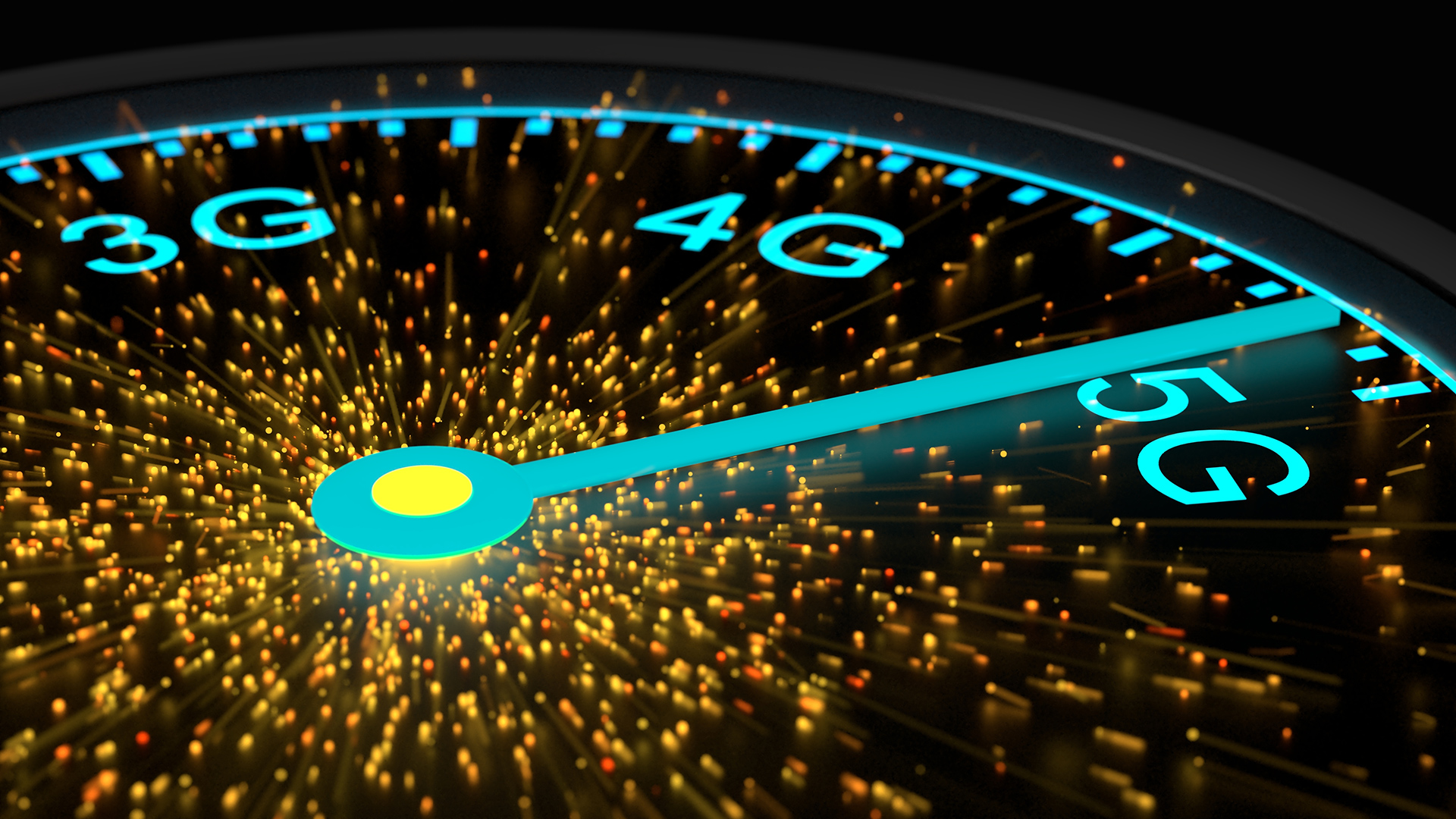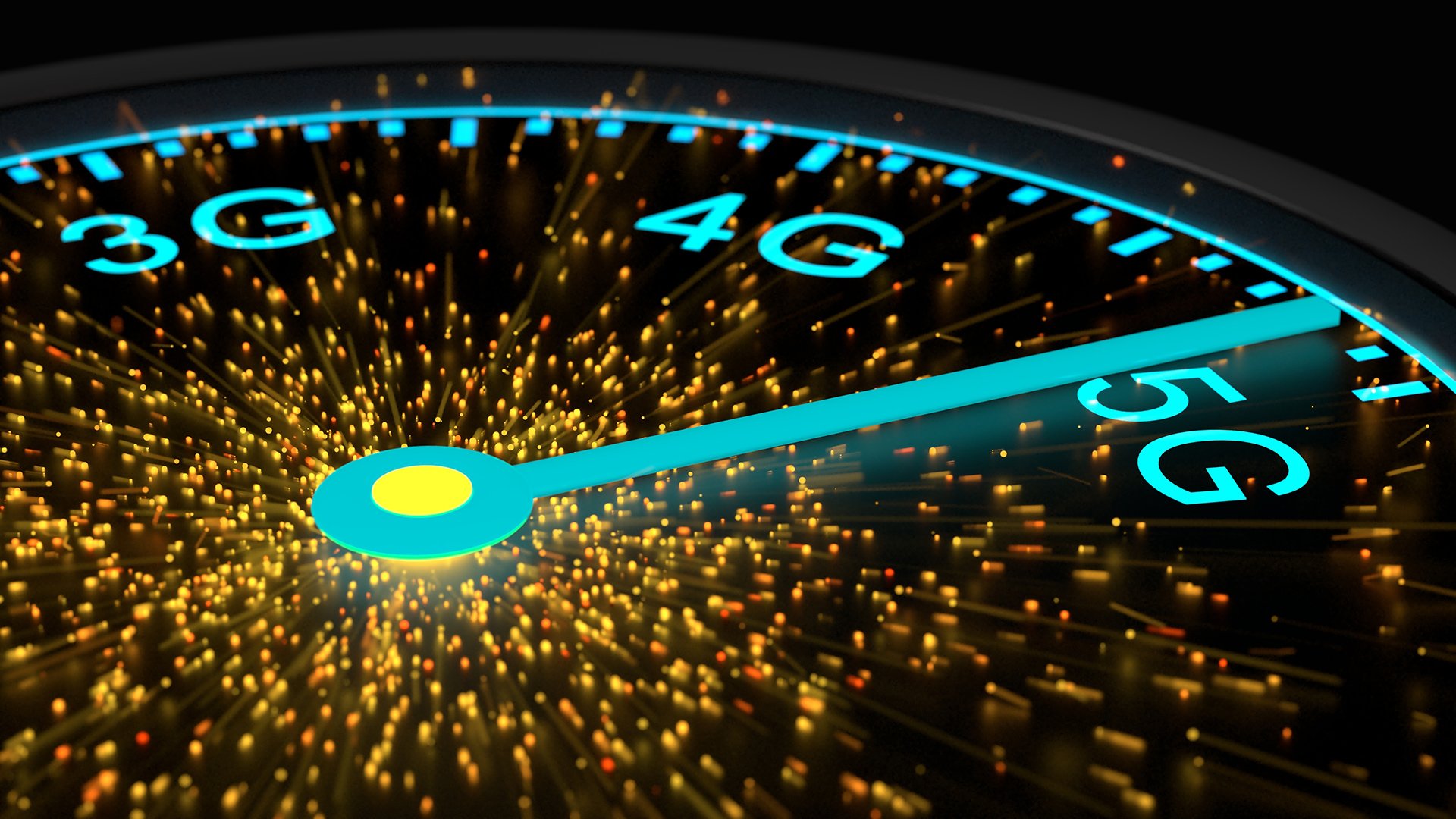

5G promises a lot, but its actual implimentation and what we are sometimes told is 5G belies a more complicated story.
The problem with using numbers to name products is that someone will always want to buy (or sell) the next number up. So it is with cellphone protocols, which, with 3G, became fast enough to allow reasonable video calls years ago, though nobody has ever seemed that bothered about actually making video calls. With 4G, phones also became fast enough for full-motion video that was more than good enough to satisfy phone screens, and that has found some success. Inevitably, in early 2019, there’s much discussion of 5G, but the term “5G” has been used by many people to mean many things.
Some of the numbers associated with 5G are impressive. Data rates in the tens of gigabits are often discussed, requiring radio frequencies above 24 gigahertz, far beyond the (usually) two or three of current systems. Before we get into the details, though, it’s important that we define what we’re talking about. The term “5G” has been muddied, and sometimes deliberately. Perhaps the best-known document associated with 5G is IMT-2020, a standard created by the ITU (the same ITU that gives us Rec. 709, though a rather different department.) IMT stands for International Mobile Telecommunications and the 2020 document follows IMT-2000, which effectively defined 3G, and IMT-Advanced, which became 4G.
These standards encompass an awful lot of different technologies and there is no simple relationship between a group of technologies and a number. Cellphone networks are complicated things, with separate documents covering, say, the radio link between the handset and the tower, the way different data types are sent over that link, the way towers talk to each other, and many other things. Not all deployments of 5G will have the same capability, just as not all the deployments of 4G-level technologies can match, say, LTE in big cities. A few of the technologies that are part of (most) 5G networks can be deployed on (most) 4G networks, which has led to rather dubious attempts to promote a network as 5G when it really isn’t.
Real speeds
The reality is that, operating on frequencies below 6GHz, a 5G network may be twice the speed of a 4G one. The improvements come from efficiencies in the way the radio encoding works, not from any greater bandwidth. The enormous, ten-gigabit-plus speeds rely on the millimetre-wave 24GHz and higher frequencies. They’re far less congested, meaning each channel can be wider, and wider channels and higher frequency means more bits per second. That’s great. What’s less great is that the higher the frequency gets, broadly speaking, the more the signal starts behaving like light. 24GHz is a million miles away from the frequency of visible light, which is in the high hundreds of terahertz, but it will have significantly less ability to penetrate solid objects and will not have the same range as existing 4G networks.
For this reason, 5G cells will be much smaller than 4G cells. Until now, phones have been able to talk to cell towers a mile or two away in typical conditions; at such high frequencies, this is likely to be reduced to a few hundred feet. A cell might cover only a single city block, even taking into account some fairly advanced technologies such as beam-forming. Beam-forming is intended to allow a cell site to use multiple antennae in the same way as a phased-array radar, most often found in a military jet, in order to concentrate energy toward the phone it’s trying to talk to. That’s very clever, but even with every clever technique in the world, 5G will be more expensive to install than previous generations, and therefore slower to roll out, especially in less densely-populated places.
And if it sounds like 5G might struggle to outdo 4G under anything less than perfect conditions, well, that’s a reasonable concern. Still, if it can be made to work, 5G has some interesting ambitions outside the simple desire to sell a big number to a cellphone customer. It’s not just about 16K YouTube videos; there’s talk of “radio convergence,” which effectively means that 5G and wifi would be doing many of the same things. It’s not clear if this is the first step toward a future in which we only need one kind of radio modem in a cellphone, but it’s an interesting idea. Because of the much lower latency of 5G networks, there are fewer reasons to demand a wired internet connection for things like gaming, so 5G might compete with landlines and broadcast TV, and it might be possible to use the system for things like communication between automatic vehicles.
So the speed isn’t necessarily the big deal. It’s about what else might be done with a cellular data service specified throughout to handle really large amounts of data overall, especially with low latency. What remains to be seen is how the reliability and real-world performance works out, and what it costs the cellphone companies to do it.
Image: Shutterstock - BeeBright
Tags: Technology


Comments